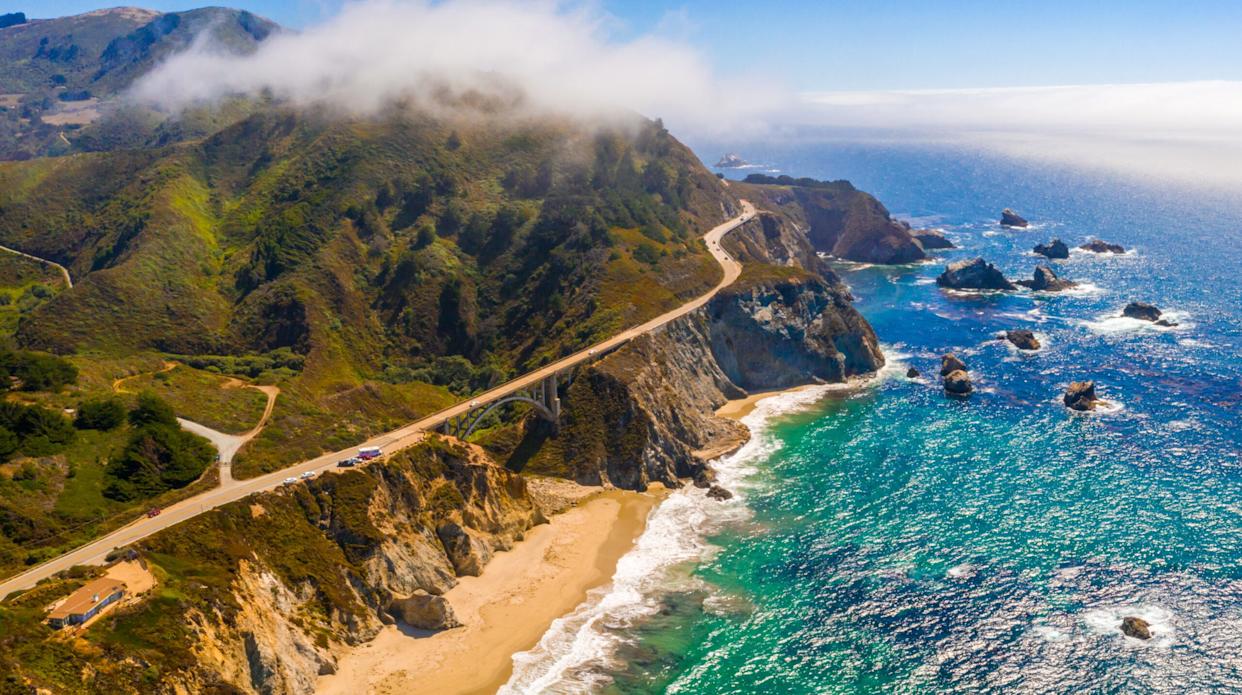
California doesn't just have car culture: it is car culture. This is the state that gave birth to hot rodding, lowriding, and the peculiar art of spending $50,000 on a Honda Civic. Where else can you cruise past a Tesla factory in the morning, catch a drift event at lunch, and end the day watching millionaires argue over the provenance of a 1962 Ferrari's door handles?
This Golden State's romance with four wheels runs deeper than Hollywood's obsession with car chases (though let's be honest, those help). From the first Model T that rolled off Henry Ford's assembly line and promptly got stuck in LA traffic to today's silicon-powered supercars that can parallel park themselves while you're still figuring out which button starts the engine, California has been the stage for automotive dreams and nightmares alike.
The highways here are essentially they're pilgrimage routes for the petrol-powered faithful. Every curve tells a story, every straightaway promises adventure, and every rest stop offers the chance to debate whether a 1969 Camaro SS is really worth more than a house in Ohio
Mapping California's Most Iconic Car Stops
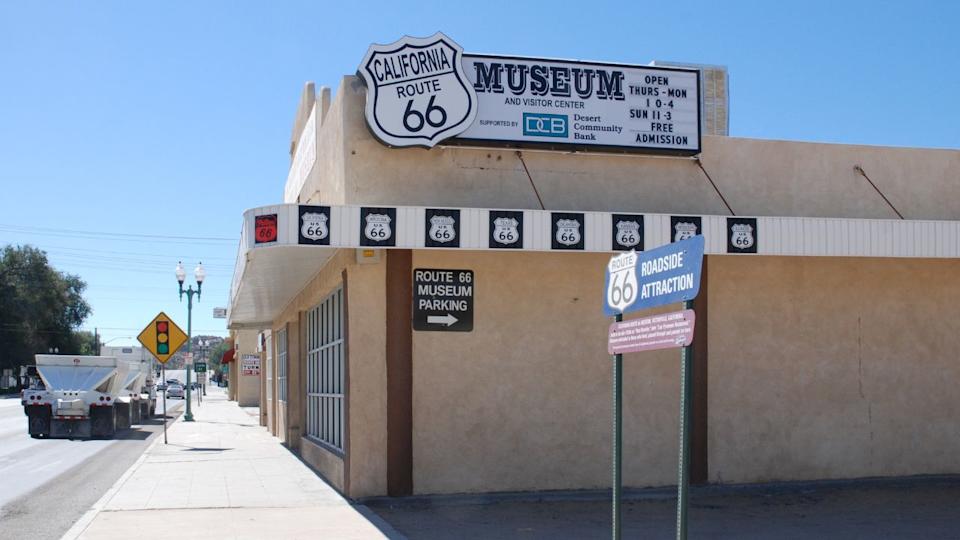
Twelve isn't random — it's automotive gospel. Twelve cylinders in a Ferrari V12. Twelve hours of Sebring. Twelve months in a year, which is roughly how long it takes to save up for California gas prices.
But in all seriousness, 12 stops represent the perfect balance between "comprehensive tour" and "vacation that doesn't require taking out a second mortgage." It's enough to showcase California's diverse car culture without turning this into a Ken Burns documentary. Whether it's automobile-related, nature, culture, or anything that blends these things, there are plenty of routes, stops, and iconic landmarks for everyone.
Each stop was chosen using rigorous scientific criteria: Does it make car people happy? Does it tell a story about California's automotive soul? Will it give you something to brag about at the next car show? If the answer was yes to at least two of these questions, you'll find it here. Get your calendar ready and start planning!
Petersen Automotive Museum, Los Angeles
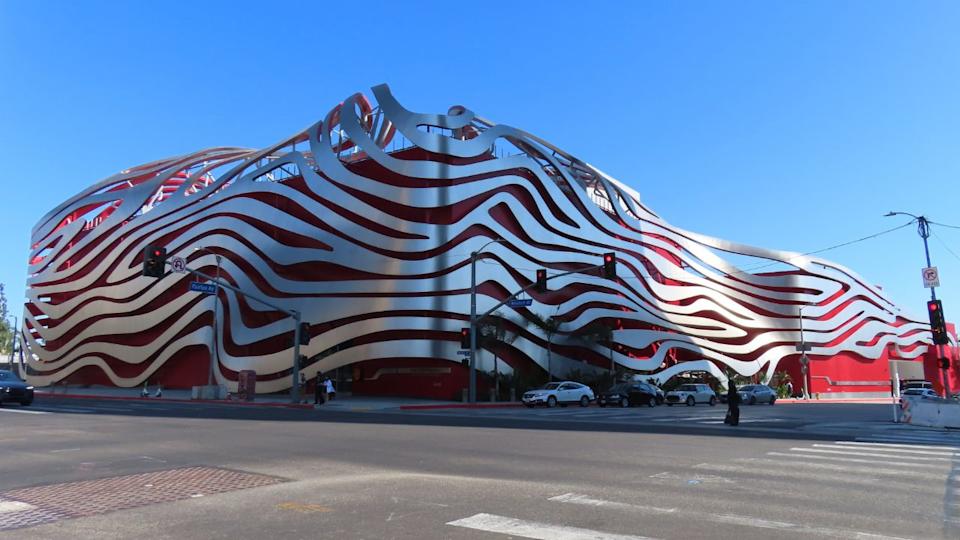
The Petersen is a 300,000-square-foot shrine where grown adults weep openly at the sight of a pristine 1967 Shelby GT500. The museum's flowing red ribbon exterior was designed to look like automotive speed made manifest, though it also bears a striking resemblance to a very expensive present that nobody wants to unwrap.
Inside, you'll find over 300 vehicles that represent the greatest hits of automotive history, plus a few "what were they thinking?" moments that make you grateful not every concept car made it to production. The basement vault (yes, there's a basement vault, because of course there is) houses an additional 250 cars that the public rarely sees. It's like automotive purgatory for vehicles too special for regular display but not quite legendary enough for the main floor.
The museum's collection is worth more than the GDP of several small countries, and the insurance policy probably requires its own ZIP code. The rotating exhibits ensure that even regular visitors discover something new, which is good because admission costs enough to make you want to get your money's worth.
The Petersen perfectly captures LA's relationship with cars: flashy, expensive, and absolutely essential to understanding the culture. Plus, it has air conditioning, which is more than you can say for most classic cars on display.
Mulholland Drive, Los Angeles
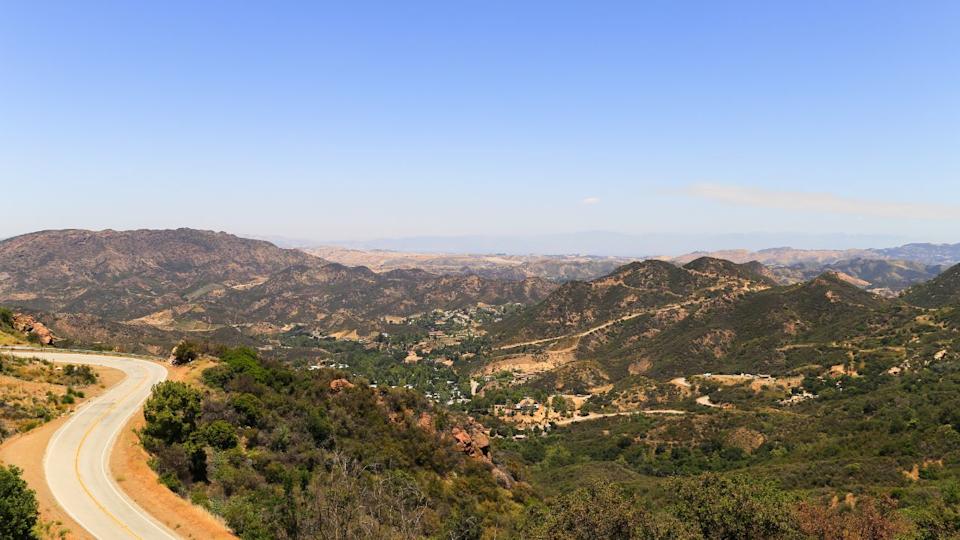
Mulholland Drive is the 21-mile ribbon of asphalt that proves Los Angeles actually has geography beyond strip malls and freeways. This snake of a road winds through the Santa Monica Mountains like it's auditioning for a Fast & Furious movie, offering views that make real estate agents weep with joy and drivers question their life insurance coverage.
Named after William Mulholland (the water guy, not the David Lynch movie), this road has been the backdrop for more car commercials than actual cars have probably driven it. Every curve has been photographed more times than a Kardashian, yet somehow it never gets old. The road surface varies from smooth-as-silk to "did they pave this with good intentions?" depending on when the city last remembered it existed.
The Snake section (yes, that's its actual name) features 15 tight curves packed into three miles, making it a favorite among motorcyclists who apparently enjoy the sensation of their knees touching asphalt. Weekend mornings bring out an automotive United Nations: Porsche 911s, modified Hondas, classic muscle cars, and the occasional brave soul in a rental Camry who clearly took a wrong turn somewhere.
The overlooks offer Instagram-worthy views of LA's sprawl, but parking spots are more contested than the last donut at a police convention. Arrive early, drive respectfully, and remember that every local with a sports car thinks they're Ayrton Senna reincarnated.
Highway 1 through Big Sur
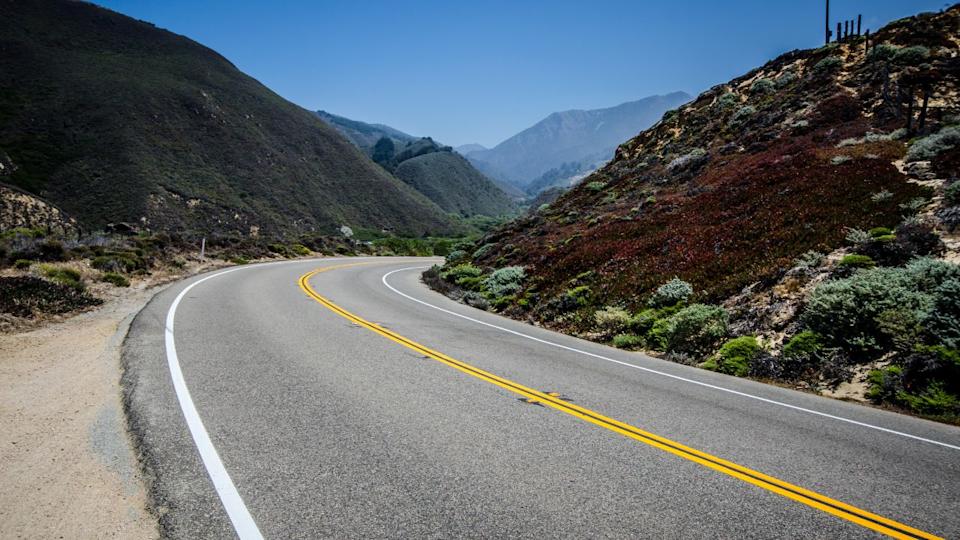
Highway 1 through Big Sur is what happens when Mother Nature decides to show off. This 90-mile stretch of coastal perfection makes every other scenic drive look like a trip through a strip mall parking lot. The road clings to cliffs 1,000 feet above the Pacific like it's afraid of heights but too proud to admit it.
Completed in 1937 after 18 years of construction (and probably that many nervous breakdowns), this engineering marvel required workers to be lowered down cliff faces on ropes. Today's drivers benefit from their courage while simultaneously cursing them for not making the lanes wider. The road has been featured in more car commercials than a celebrity endorsement deal, and for good reason — every frame looks like a million-dollar movie shot.
The iconic Bixby Creek Bridge, completed in 1932, stands 280 feet above the creek and has probably been photographed more than any structure outside of the Eiffel Tower. It's also a favorite spot for marriage proposals, presumably because if your partner says no, you can just drive off dramatically into the sunset.
Traffic moves at the speed of "when I get there, I get there," which is perfect because rushing through Big Sur is like speed-reading poetry. Turnouts are strategically placed for photos, contemplation, and letting that line of increasingly impatient drivers finally pass. The California sea otters floating below are reportedly better drivers than most tourists attempting three-point turns in these turnouts.
Joshua Tree Scenic Drives, Joshua Tree National Park

Joshua Tree National Park looks like what would happen if aliens tried to recreate Earth based solely on a blurry Polaroid and their imagination. The park's scenic drives wind through a landscape so otherworldly that NASA has used it to test Mars rovers, because apparently even robots need practice driving in weird places.
The 14-mile park loop road passes through groves of Joshua trees that look like they're perpetually asking "why me?" to the desert sky. These aren't actually trees — they're the world's largest yucca plants, which explains why they look confused about their career choices. The massive boulder formations scattered throughout the park were created by volcanic activity millions of years ago, though they look like a giant's abandoned Lego set.
Desert driving has its own rules: bring water, more water, and when you think you have enough water, bring more water. The park's elevation ranges from 1,300 to 5,900 feet, so your naturally aspirated engine might feel a bit wheezy at the higher elevations. Turbocharged cars, on the other hand, will mock you from their climate-controlled cabins.
The best time to visit is October through April, when temperatures are merely measured by mercury rather than "actual surface of Mercury." Sunset drives are particularly spectacular, turning the entire landscape golden while providing the perfect excuse to camp overnight and stargaze... Assuming your car's headlights work for the drive back to civilization.
Sonoma Raceway, Sonoma
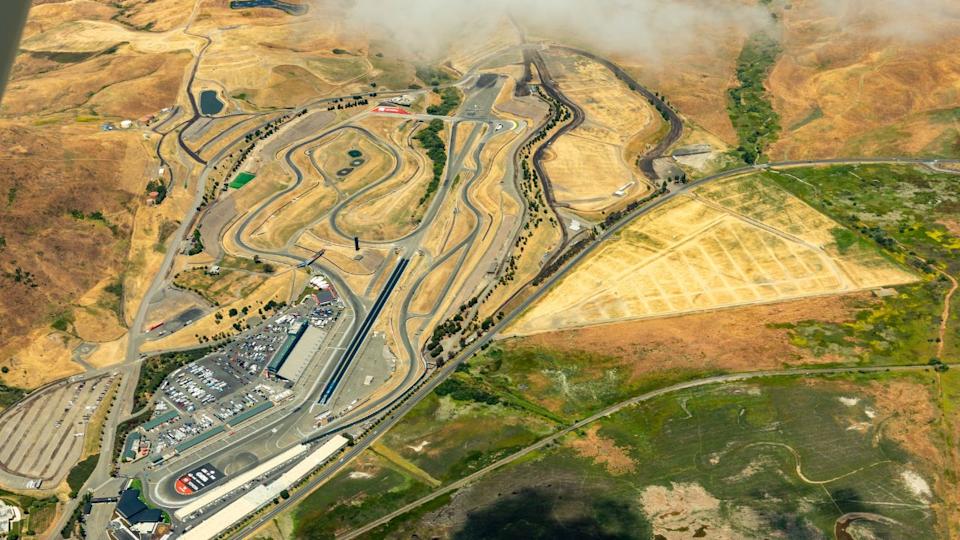
Sonoma Raceway proves that California can make anything classy, even going in circles really fast. Nestled among rolling vineyards in wine country, this 2.52-mile road course has been hosting races since 1968, back when racing helmets were optional and safety equipment consisted mainly of good luck and crossed fingers.
The track's 12 turns include the infamous Turn 11, known as the "Hairpin," which has ended more racing dreams than a reality check from your bank account. NASCAR Cup Series drivers visit annually for the Save Mart 350, where they discover that turning right is actually pretty difficult. IndyCar also graces the track, providing 240-mph reminders that professional race car drivers are either incredibly brave or spectacularly bad at risk assessment.
Between races, the facility offers driving experiences that let regular folks discover what their daily driver can really do when unleashed from traffic laws. These events are popular with Bay Area tech workers who want to see if their Tesla Model S Plaid can actually live up to its specifications (spoiler: it can, and it's terrifying).
The track's wine country location means post-race celebrations often involve comparing lap times over a glass of Cabernet, because nothing pairs with adrenaline quite like fermented grapes. Just don't expect to find racing stripes on the local wine bottles; they're classier than that here.
Monterey Car Week, Monterey
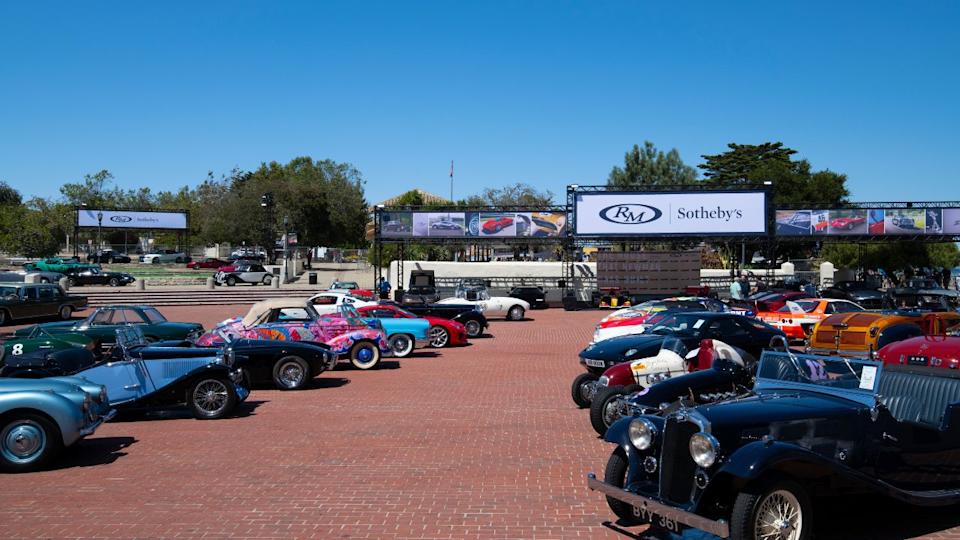
Monterey Car Week transforms this sleepy coastal town into automotive Mecca, where the world's most expensive cars gather to prove that some people have way too much money and excellent taste in how to spend it. The event spans multiple days and locations, culminating in the Pebble Beach Concours d'Elegance, where cars worth more than most countries' defense budgets sit on a golf course being judged like beauty contestants.
The Concours d'Elegance has been running since 1950, originally conceived as a small car show for wealthy locals who ran out of other ways to compete with each other. Today, winning here adds millions to a car's value, meaning the judges wield more financial power than most investment bankers. Categories include everything from "Pre-War Sports Cars" to "Post-War Racing Legends," with judging criteria so precise they probably measure the gap between windshield wipers.
Throughout the week, auction houses like Barrett-Jackson, RM Sotheby's, and Bonhams sell cars for amounts that make lottery winners feel financially inadequate. The record auction sale was a 1955 Mercedes 300 SLR that sold for $142 million, which works out to about $47,000 per horsepower.
Beyond the auctions, the entire Monterey Peninsula becomes a rolling car show where you're as likely to see a McLaren F1 getting groceries as you are a Honda Civic. Restaurant parking lots temporarily become more valuable than the restaurants themselves, and valet attendants earn their doctorate in exotic car operation through trial by fire.
See you there!
El Mirage Dry Lake, San Bernardino County
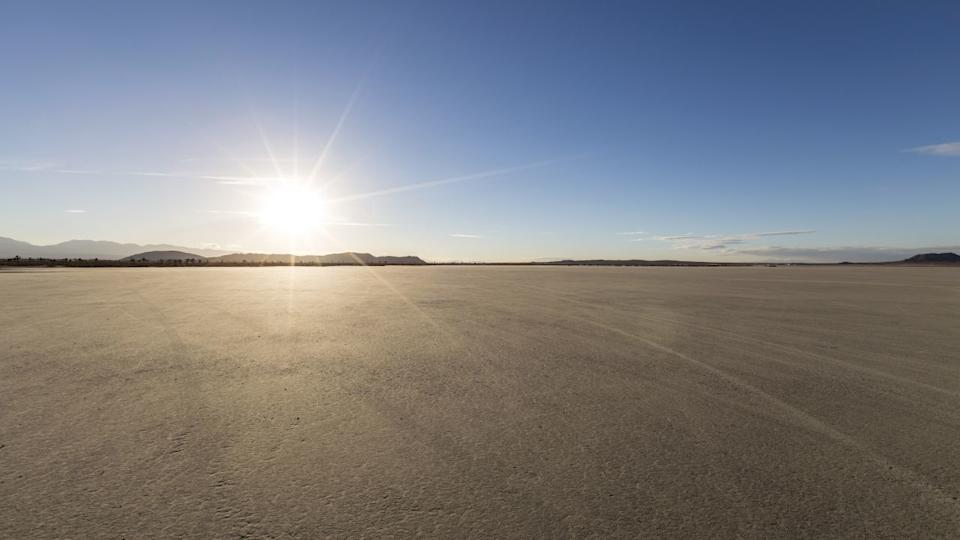
El Mirage Dry Lake is a 14-square-mile expanse of hard-packed desert floor where people gather to prove that the phrase "How fast does it go?" is humanity's most dangerous question. Located in the Mojave Desert, this perfectly flat lakebed has been hosting land speed racing since the 1930s, when the biggest safety concern was making sure your leather helmet stayed on.
The Southern California Timing Association (SCTA) has been organizing speed trials here since 1937, making it one of America's oldest motorsports venues. The current land speed record here stands at over 400 mph, set by a vehicle that looks less like a car and more like a rocket that got confused about its career path. The lakebed is so flat that it's used to calibrate satellite altimeters, which means it's literally space-grade level.
Racing happens several times a year when weather conditions are perfect—meaning no rain, no wind, and temperatures that won't immediately kill you. Participants range from backyard builders with modified street cars to teams with engineering budgets that rival small aerospace companies. The classes range from vintage motorcycles to modern streamliners that look like they're visiting from the year 2150.
The beauty of El Mirage lies in its democratic approach to speed: as long as your vehicle passes safety inspection, you can find out exactly how fast it goes in a straight line. It's one of the few places left where the answer to "But is it street legal?" is met with confused stares and polite laughter.
Nethercutt Collection, Sylmar
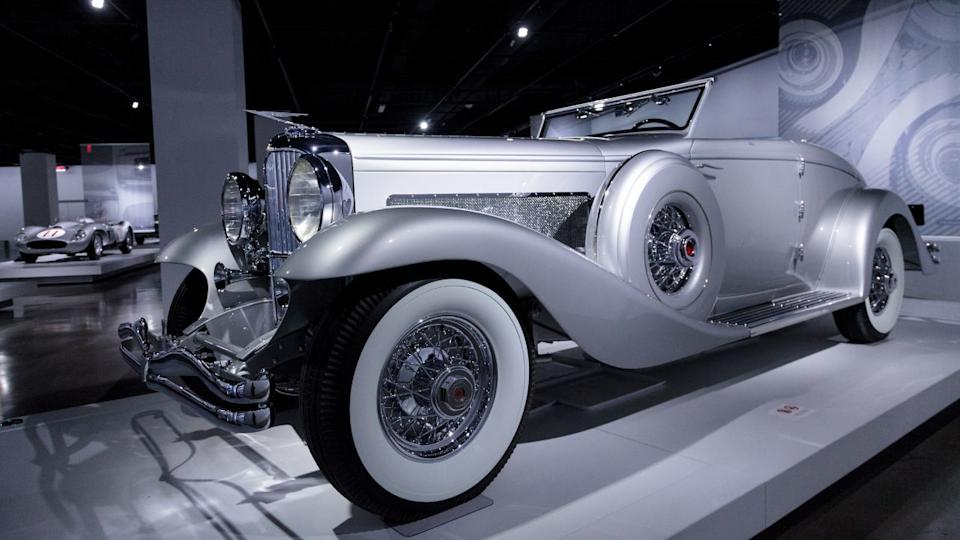
The Nethercutt Collection is what happens when someone with unlimited resources and impeccable taste decides to preserve automotive history for future generations. Located in Sylmar, this museum houses one of the world's finest collections of classic and antique automobiles, displayed in settings so opulent they make the cars look humble.
Founded by J.B. Nethercutt, who made his fortune in cosmetics and apparently decided beautiful cars deserved beautiful surroundings, the collection spans over 130 vehicles dating from 1898 to 1997. The crown jewel is a 1930 Duesenberg Model J that's so perfectly restored it probably runs better than most modern cars. Each vehicle is maintained to concours condition by a team of craftsmen who treat rust like a communicable disease.
The museum's guided tours are led by volunteers who know these cars like parents know their children — every scratch has a story, every modification has a reason, and every restoration took exactly as long as it needed to be perfect. The mechanical music collection, featuring antique orchestrions and player pianos, provides a soundtrack to your visit and explains why people in the early 1900s were easily entertained.
Unlike many car museums where "do not touch" signs are as common as chrome bumpers, the Nethercutt encourages visitors to appreciate craftsmanship up close. The collection represents not just automotive history, but the lost art of building things to last forever rather than until the warranty expires.
Santa Cruz Boardwalk Classic Car Shows
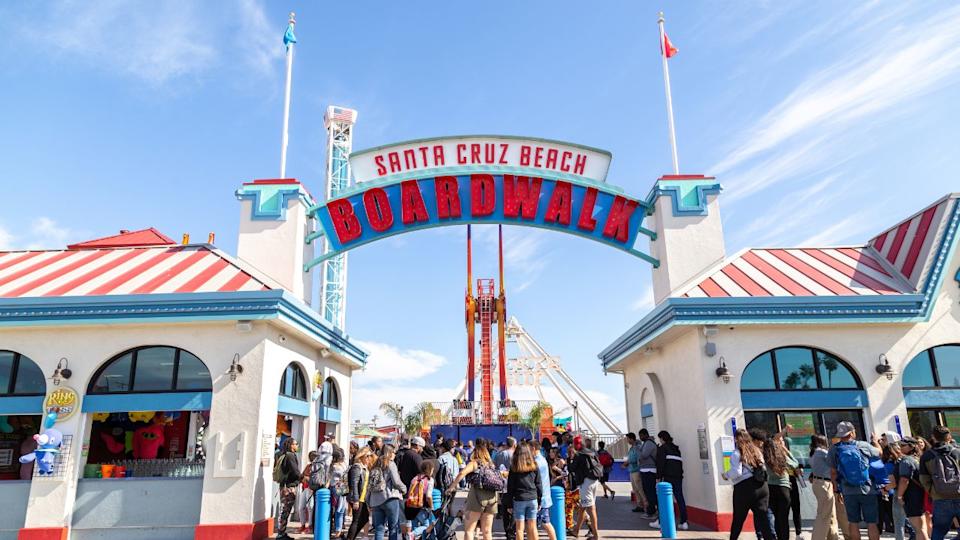
The Santa Cruz Beach Boardwalk transforms into automotive paradise during its classic car shows, proving that surf culture and car culture mix better than peanut butter and chocolate. The beachfront setting provides the perfect backdrop for polished chrome and candy paint, while the sound of waves mingles with the rumble of big block engines in automotive harmony.
These shows typically feature hundreds of classics ranging from pristine trailer queens to well-loved daily drivers, each with an owner happy to explain why their particular vehicle is special. The informal atmosphere encourages conversations that start with "Nice car" and end three hours later with detailed discussions about carburetor jetting and paint color codes.
The boardwalk's amusement park rides provide entertainment for family members who think one classic car looks pretty much like another, while local food vendors ensure nobody goes hungry while debating the merits of small block versus big block engines. The ocean breeze keeps temperatures manageable and provides natural air conditioning for cars that predate modern cooling systems.
What makes these shows special is their accessibility: no entry fees, no velvet ropes, just car enthusiasts sharing their passion with anyone interested. It's a reminder that car culture at its best is about community and sharing stories, not exclusivity and intimidation. Plus, you can ride the roller coaster between car browsing sessions, which is something Pebble Beach definitely doesn't offer.
Route 66 Museum, Victorville
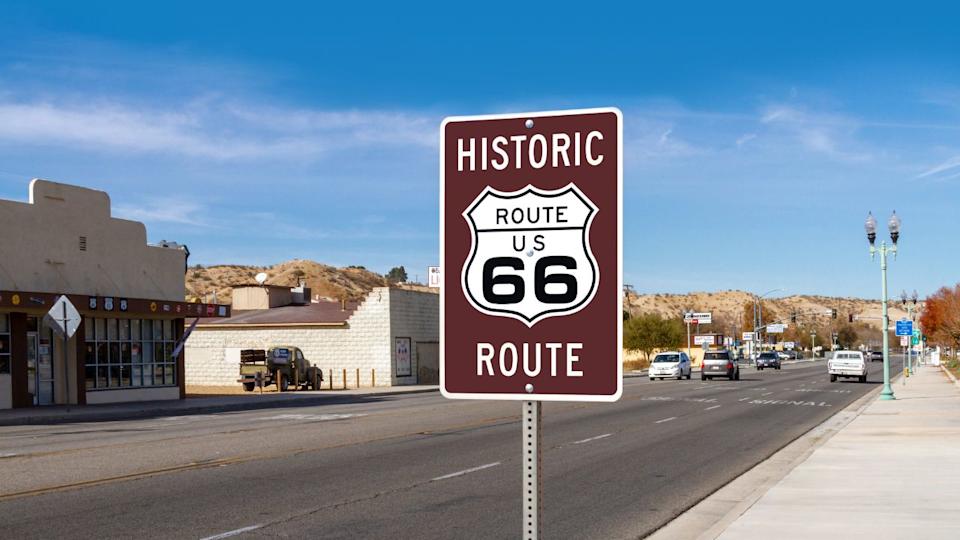
The California Route 66 Museum in Victorville pays homage to the most famous highway in American history, the ribbon of asphalt that carried dust bowl refugees, adventure seekers, and anyone else brave enough to point their car west toward the promise of California dreams. Located along the historic route itself, this museum preserves the story of the "Mother Road" and its role in shaping American car culture.
Route 66 ran 2,448 miles from Chicago to Santa Monica, with the California section representing the promised land at the end of the journey. The museum's exhibits include vintage cars, period memorabilia, and recreations of classic roadside attractions that made the highway legendary. Neon signs, gas station artifacts, and motor court displays transport visitors back to an era when road trips were adventures rather than GPS-guided exercises in efficiency.
The museum features vehicles that actually traveled Route 66, each with stories of families packing everything they owned into cars barely designed for city driving, then pointing them toward an uncertain future in California. These weren't Sunday cruise cars—they were loaded with hopes, dreams, and probably way too much luggage for their suspension systems.
Interactive exhibits let visitors experience the planning that went into these cross-country odysseys, back when "roadside assistance" meant flagging down another driver and hoping they had tools. The museum serves as both historical preservation and inspiration for modern road trippers who think running out of cell service is a serious emergency.
Palm Springs Cruisin Car Show
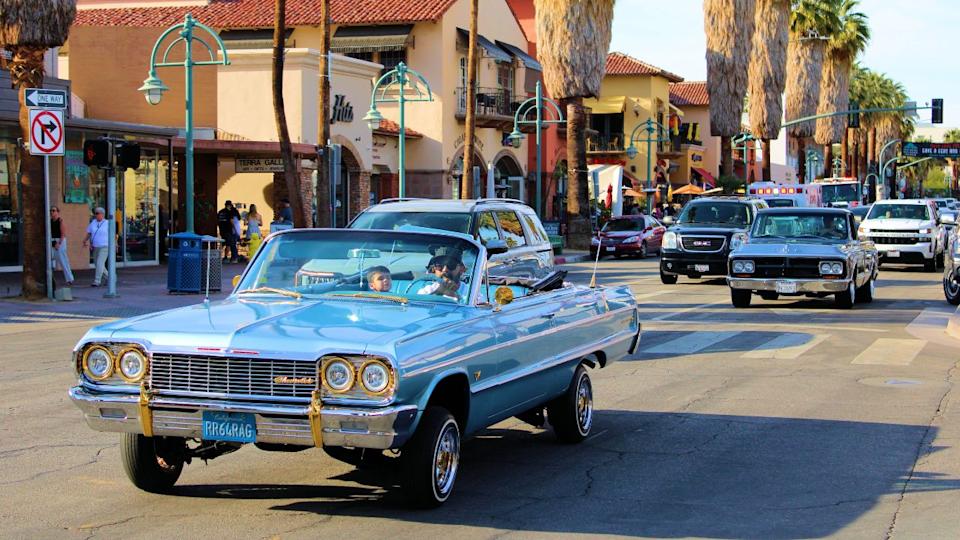
Palm Springs' annual car show perfectly captures the city's mid-century modern aesthetic, where classic cars look right at home against the backdrop of architectural gems and desert mountains. The event transforms the city into a rolling showcase of automotive history, with participants cruising past iconic buildings that look like they were designed by the same people who styled 1960s concept cars.
The show typically features over 1,000 vehicles ranging from pristine concours winners to period-correct survivors that show their age with pride. The desert setting provides ideal conditions for preserving classic cars: no salt air, minimal humidity, and enough sunshine to keep convertible tops in working order year-round. Local car collectors often use the event to debut recent acquisitions or show off completed restorations.
Palm Springs' reputation as a playground for celebrities and the wealthy means the show attracts some genuinely rare metal alongside the usual suspects. Don't be surprised to see a Ferrari 250 GT parked next to a perfectly preserved Volkswagen Beetle, both getting equal attention from appreciative crowds.
The city's numerous restaurants, galleries, and shops provide perfect destinations for cruising between show activities. The combination of classic cars, classic architecture, and classic California sunshine creates an atmosphere that perfectly captures the golden age of American automotive culture, when cars were more than transportation — they were freedom machines.
Sequoia National Park
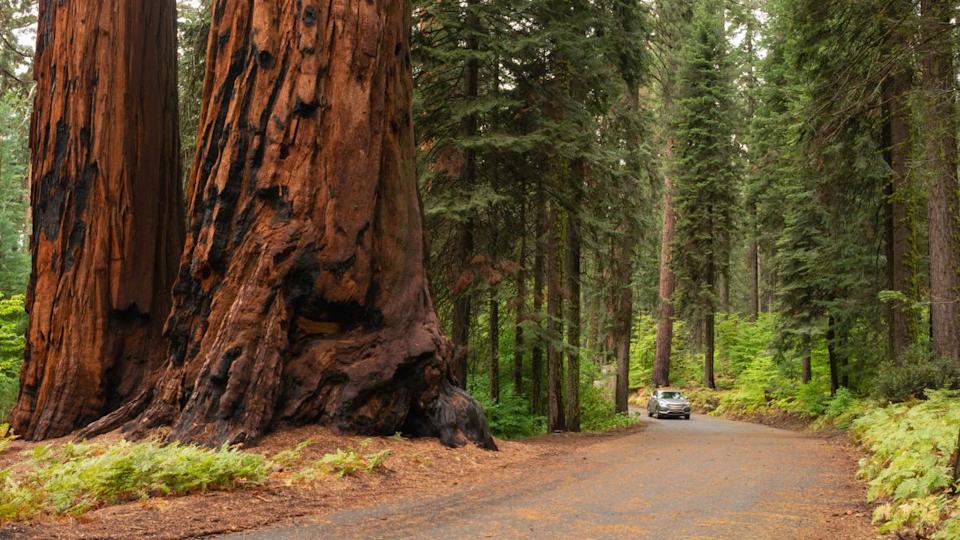
Sequoia National Park's Generals Highway proves that not all great driving roads need hairpin turns or ocean views: sometimes all you need are trees that make your car look like a Hot Wheels toy by comparison. This scenic route winds through groves of giant sequoias, some over 2,000 years old, which means they were already ancient when the first automobiles were still terrifying horses.
The 50-mile Generals Highway connects the park's major attractions while providing a driving experience that ranges from gentle mountain curves to "did they really build a road here?" sections that test both your car's cooling system and your confidence in 1930s engineering standards. The road reaches elevations over 7,000 feet, where naturally aspirated engines start wheezing and drivers from sea level wonder why they feel dizzy.
General Sherman, the world's largest tree by volume, stands 275 feet tall and is 36 feet in diameter at its base. It's estimated to weigh 2.7 million pounds, which makes even the heaviest SUVs look positively dainty. The tree has been standing for approximately 2,300-2,700 years, meaning it predates not only cars, but roads, and probably the concept of transportation beyond walking.
Driving through the park requires patience, respect for other visitors, and a functioning cooling system — mountain driving is hard work for vehicles, and overheating breakdowns are common among cars that spend most of their time in traffic. The park's beauty lies in its ability to provide perspective: no matter how impressive your car is, it's still just a speck among these ancient giants.
Why This Road Trip Stays With You
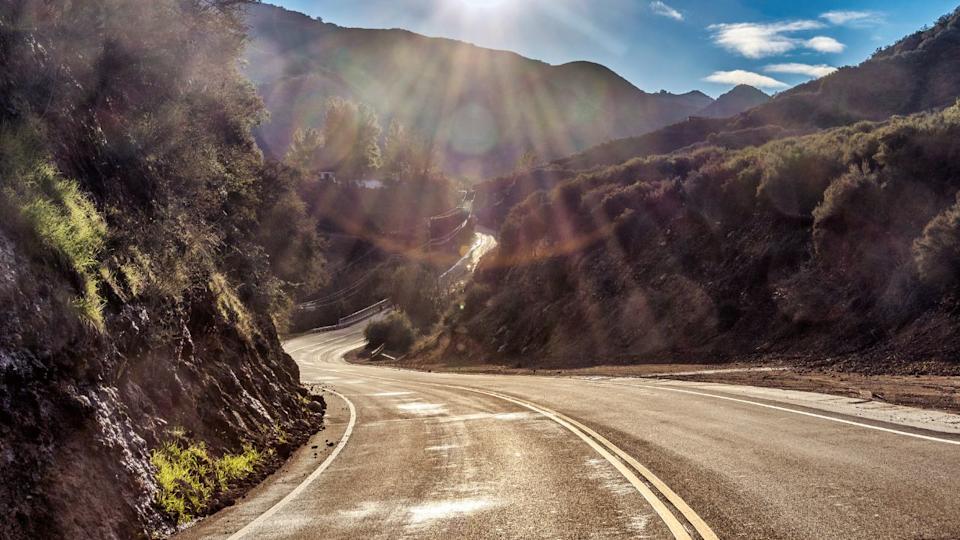
This road trip through California's car culture isn't just about seeing cool cars or driving scenic roads: it's about understanding how automobiles shaped the Golden State's identity and how that identity continues to evolve. Each stop represents a different facet of our relationship with cars: the artistry at the Petersen, the community at Santa Cruz, the speed obsession at El Mirage, the preservation instinct at the Nethercutt.
California's car culture reflects the state's broader personality: optimistic, innovative, occasionally ridiculous, and always willing to push boundaries. It's a culture that celebrates both the million-dollar concours winner and the backyard builder's weekend project, understanding that passion matters more than budget.
These 12 stops remind us that car culture is living history, constantly evolving while honoring its past. From the first hot rodders on the dry lakes to today's electric supercars, California continues to define what it means to fall in love with cars and the freedom they represent.
The best part? This list just scratches the surface. California has enough car culture to fill a dozen road trips, which means you'll never run out of excuses to keep exploring. Just remember to bring sunscreen, a full tank of gas, and a credit card — you're going to need all three.
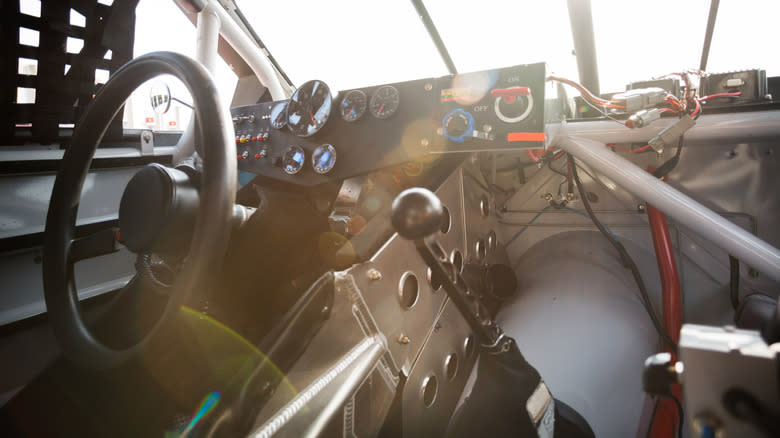
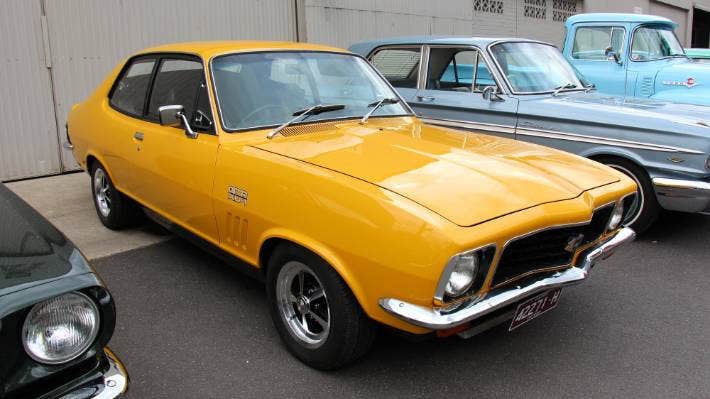



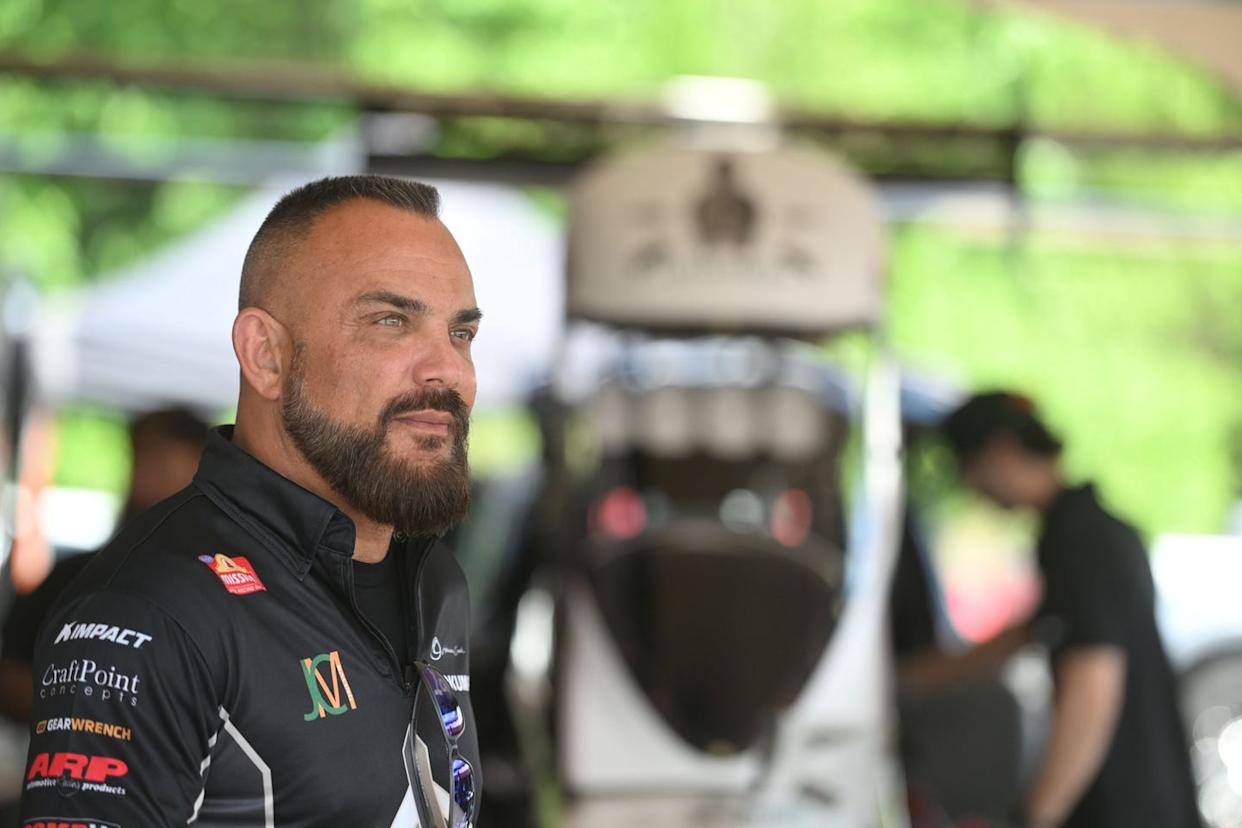
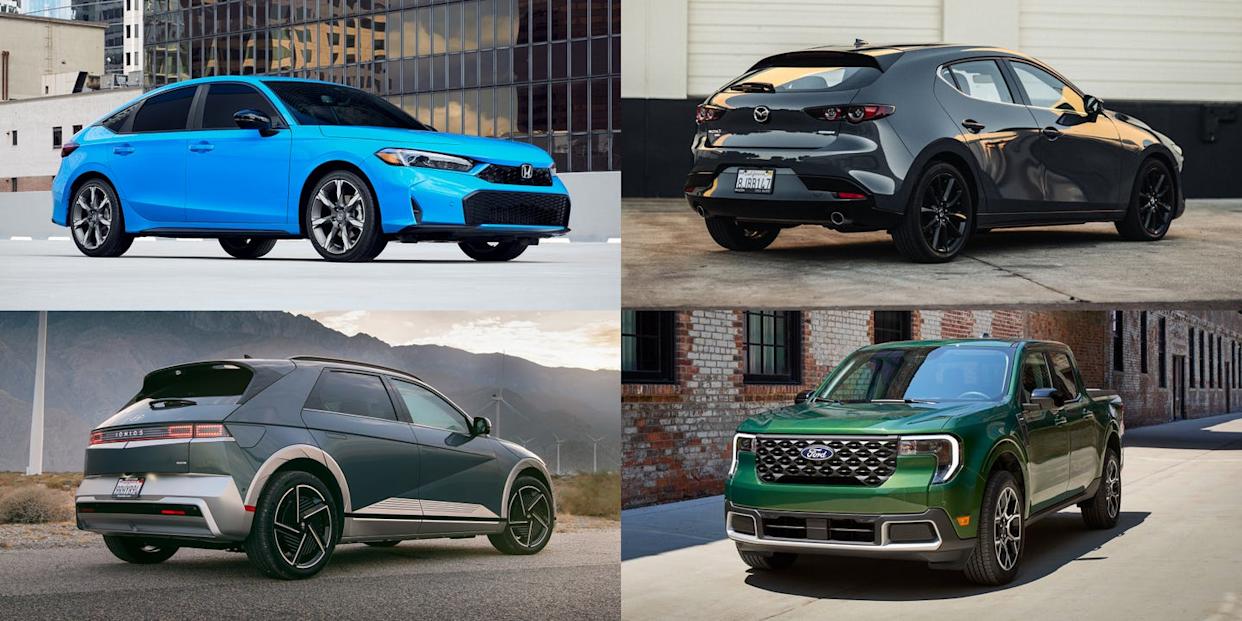
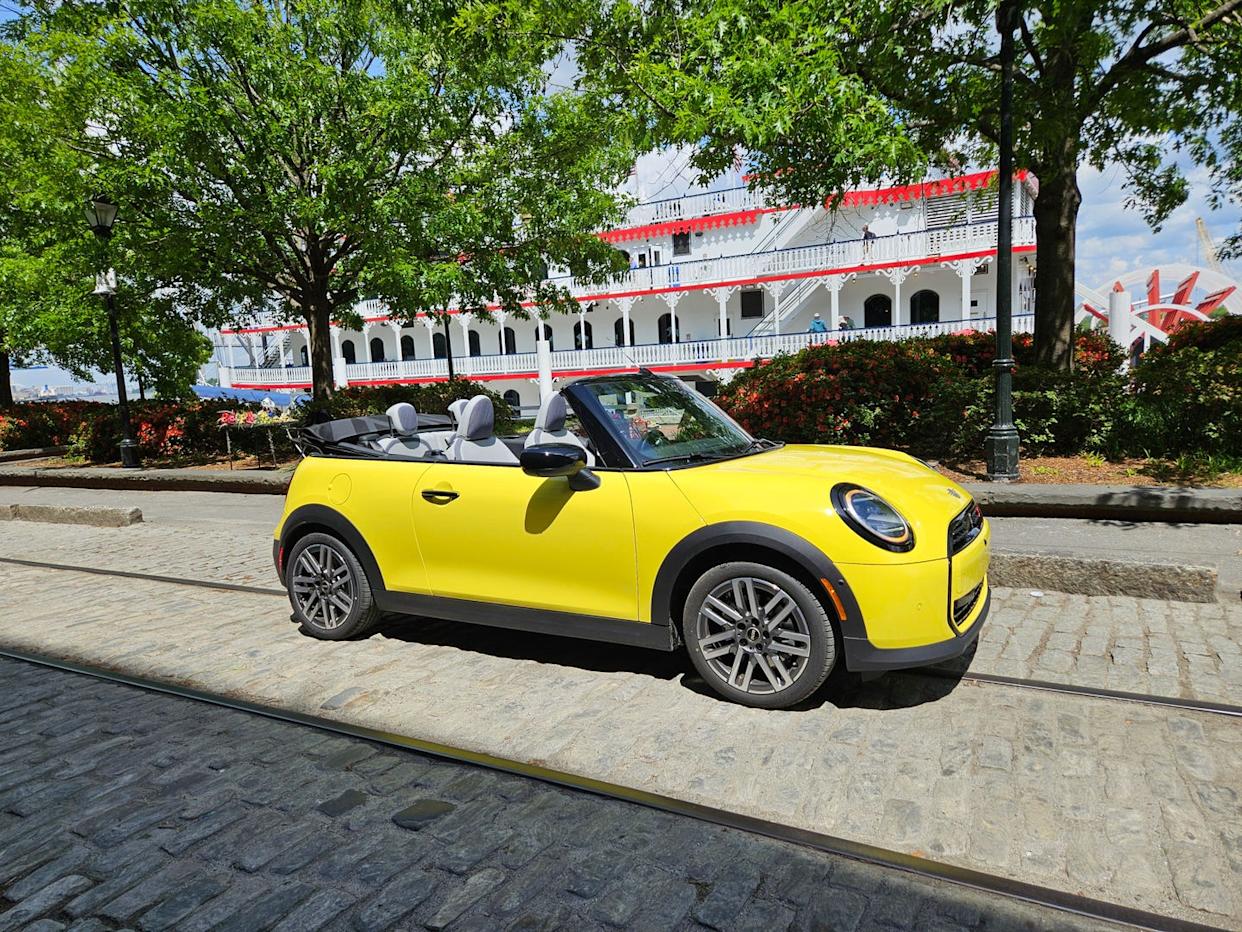
Comments